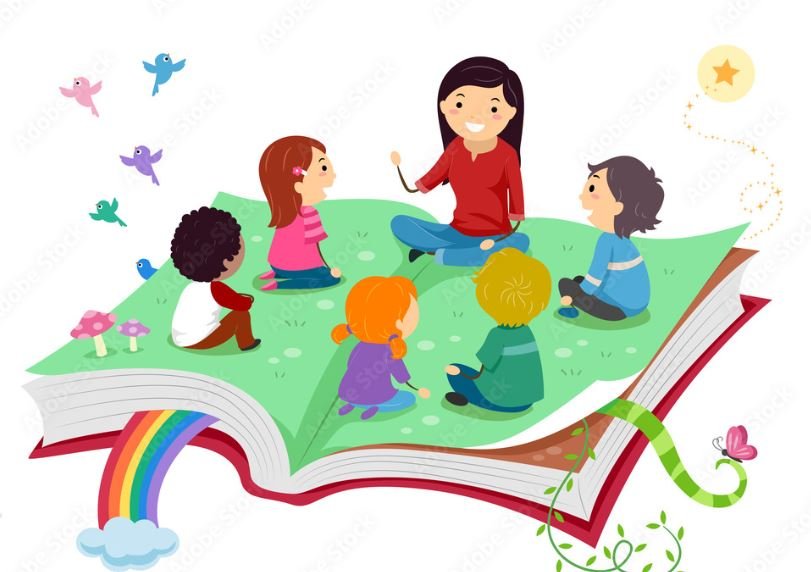The Origin of Storytelling: From Art Cave Paintings to Digital Narratives.
Once upon a time, in the heart of a prehistoric cave, a human hand reached out and made the first stroke on a stone canvas. It was more than just an artistic expression; it was the birth of storytelling.
Storytelling is as old as humanity itself. Our ancestors used it to pass down knowledge, culture, and values from one generation to the next. Stories were their survival kit, their encyclopedia, their entertainment. They painted tales on cave walls, spun epics around campfires, carved sagas into stone tablets.
Fast forward thousands of years to our digital age. We’ve swapped cave walls for computer screens and campfires for coffee shops. But our love for stories stays undiminished. In fact, with the advent of technology, storytelling has evolved into an art form more powerful and accessible than ever before.
Why do we love stories so much? Neuroscience offers some clues. When we hear a story that resonates with us, our brains release oxytocin – the ’empathy hormone’. This not only makes us feel connected with the story but also makes us more likely to act in line with its narrative.
This is why great leaders are often great storytellers. They know how to weave narratives that inspire action and foster loyalty. Steve Jobs didn’t just sell computers; he sold the story of revolutionizing personal computing.
But storytelling isn’t just for leaders or marketers; it’s for everyone who wants to connect deeply with others – parents, teachers, friends…and yes, bloggers too!
As a blogger, you can use storytelling to engage your readers emotionally. Make them laugh or cry or gasp in surprise. Take them on a journey through your words. Let them walk in your shoes or see through your eyes.
Here are some tips:
– Start with a hook: Capture your reader’s attention from the first sentence. Make them curious, intrigued, eager to read on.
– Use vivid language: Paint a picture with your words. Make your readers see, hear, smell, taste, and feel your story.
– Create relatable characters: Whether it’s you or someone else, make sure your readers can connect with the characters in your story.
– Build tension: A good story has conflict and resolution. Keep your readers on the edge of their seats.
– End with a punch: Leave your readers with a powerful message or an emotional impact.
Remember, every blog post is an opportunity to tell a story – about you, about your topic, about the world. So go ahead and unleash the power of storytelling. It’s in our DNA; it’s how we make sense of our world. And who knows? Your story might just be the one that inspires action, changes perspectives or even transforms lives.
So let’s embrace this age-old tradition in its newest form. Let’s continue to evolve as storytellers in this digital era. After all, every click is a chance to begin a new tale!
Feel free to share your thoughts and experiences on storytelling in the comments below. I’d love to hear from you!
To great stories and those who tell them.


